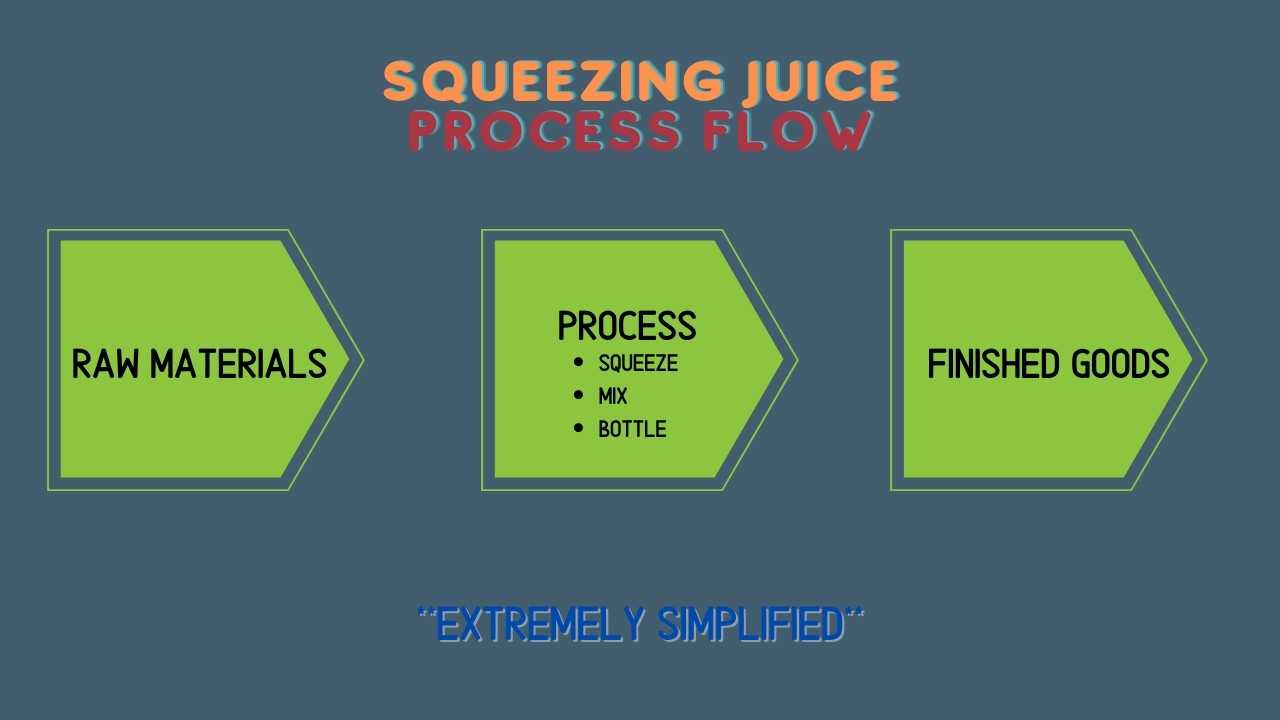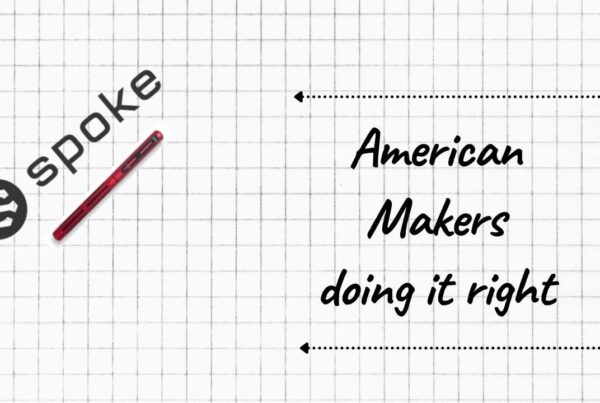Reshoring Part 2 Getting Started!
We’re going to build some stuff in the grand ole US of A! Congratulations on making it this far down the path of manufacturing in the United States. If you haven’t read the first post where I talked about the need to manufacture locally or regionally, I invite you to take a look at that. Part 1 RESHORING!
How to Get Started
We’re going to assume that you’ve decided what you want to manufacture. Now, you might have some knowledge of the actual process of how to make these “widgets,” or you might have someone on your team with this knowledge.
I would implore you to view expert experience as a core part of your necessary competencies. This is going to make all of our lives much easier. This doesn’t mean that you have to be the expert. It does mean that you need to have either a trusted partner who is monetarily involved or a third party that is significantly incentivized towards success.
One way to do this is to offer some percentage of revenue. For example you build a facility and offer your persons with expert domain knowledge 10% of the revenue/profit. So if you make $10,000 they get $1,000. But if we optimize and can make $100,000 per month, they receive $10,000. I always suggest looking at ways to increase upside that don’t involve more money upfront and have a clear linear path to continue to make more money.
Greenfield v. Brownfield
Greenfield Site or Brownfield Site is something that will dictate basically every decision; the how and the what and the why at every level.
Greenfield means a brand-new site, brand-new building, brand-new everything; starting from absolute scratch.
Brownfield means an existing building and site that you update and outfit to suit your process requirements.
I’ve done both, and both have their advantages and detractors.
With Greenfield, you’re building everything new, exactly how you want it. You can have the perfect layout, and the newest versions of everything. You also have to completely build from the foundation up before putting machines in. This means permits, surveys, possible issues with the area, geological and environmental issues, and jumping through hoops to please local town and zoning boards.
Everything is going to be cash out of your pocket, and choosing greenfield means choosing a significant amount of additional time upfront to build the facility.
Brownfield means you’re building out from a current building. You’ll have an already built baseline, but you’re also going to have all the issues that come with an existing building, especially if it’s an older building.
Let me be clear. . . there will be a load bearing post exactly in the middle of something critical to your process.
That said, the building will be there. There will be some type of foundation. We can work around the posts when we design the facility.
Location Location Location
We also need to look at location. If you’re doing something like building a Gigafactory, you’re buying a small town’s worth of land and going for it. You’ve got a ton of government grants and money. However, you’re also limiting yourself to a relatively small number of locations that have that much empty, available space.
If you’re open to locations and are considering going the Brownfield route, I encourage you to take a look at the Rust Belt. As a boy from Buffalo I admit I’m biased, but it’s undeniable that there are lots of open buildings offering space in these areas that are begging to be useful again. It all comes down to location, grants, tax breaks, and what you want to do.
All of this comes down to a cost benefit analysis. As you’re going through this process you’re going to have a Lawyer, an Accountant, Engineers, and more. Use their knowledge (the knowledge that you’re paying for!), and figure out the most cost effective way to achieve your end goals.
Most importantly, remember that whenever you’re building anything, or manufacturing anything, it always takes more time and more money than you’re expecting.
Skipping over some important steps
Let’s skip the 40,000 words about “the cost benefits of this,” and “the business analysis of that,” and move on to building a facility. There are another handful of things that we need to analyze early on including supply chain, scalability, sales, distribution, etc. We are intentionally skipping it at this point to plan a factory. If you’re going down this path and want to walk through these in real life, please reach out.
Squeezing Juice
Before we finish this edition, I want to talk big-picture about the equipment and everything else that you’ll need to put in your facility.
In this instance, we’re going to build a juice factory, mostly because I can oversimplify that process into a nice diagram.
 Coming Up Next…
Coming Up Next…
In our next installment, I’ll talk more about the actual planning of a factory, including how I’ve done it in the past,and how I would do it next time.
Closing Thoughts
For now though, I want to leave you with something to think about.
Speed to market comes at a cost, almost always a combination of money and sleep.
You could do everything by hand. Buy used parts, save every dime, and embrace the frustration of things not working how they were supposed to and integrating things for the first time.
Or you can buy from a turn-key provider with delivery dates, Factory Acceptance Testing, installation, and guarantees. Sometimes we even have warranties.
Again, Turn-Key costs a little more upfront, but it comes with the value of an immediately working machine . . . or working lines. . . or a working factory.
Many major companies, inclusive of the Fortune 500 are reducing numbers of suppliers and options, but also reducing their risks and liabilities. If they have 10 suppliers, that means that those 10 must become professional project management companies. Each supplier may have 500 sub-suppliers each, but the primary suppliers own the responsibility for the jobs from PO to startup and through the warranty period. With this model, there is no doubt as to who is responsible for resolving issues, no question as to who you should call when something goes wrong.
When given the opportunity, some people shy away from responsibility.
If I were to start from scratch and could spend a little bit of money to alleviate the struggle of getting things to work and finger pointing, it would be really hard to choose the opposite.



